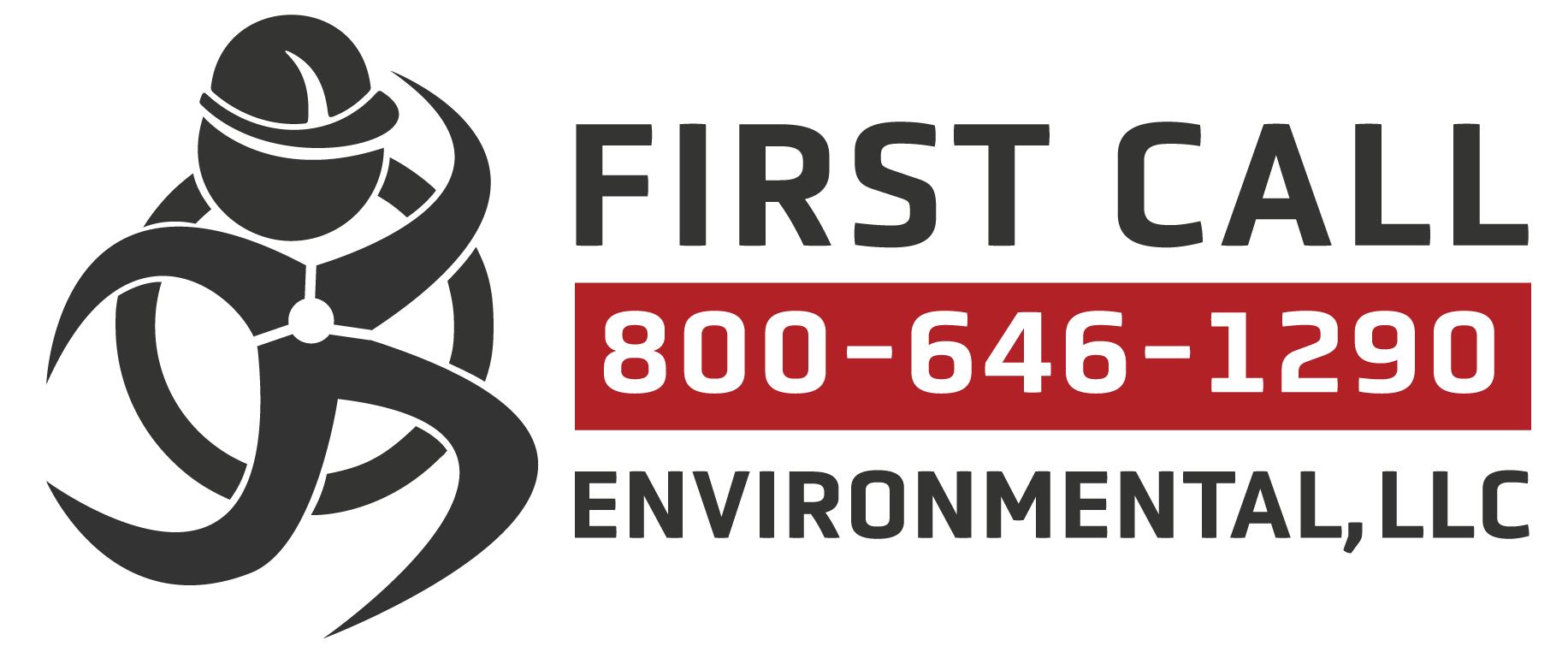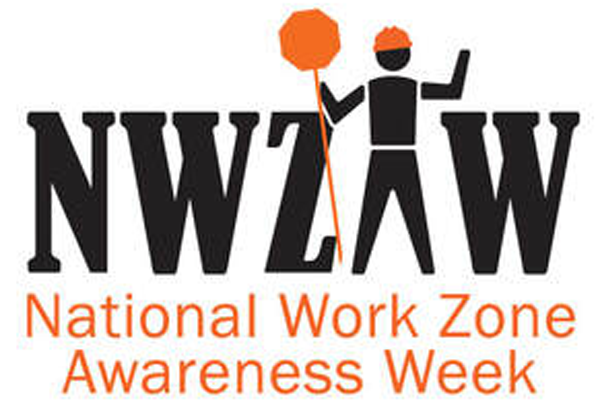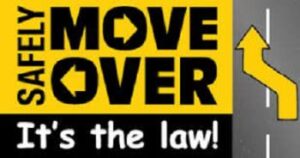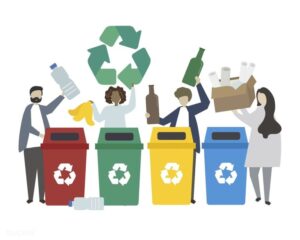Work Zone Awareness
First Call Environmental operates on the side of major highways in Work Zones up and down the East Coast and into the Midwest. We would like to take the time to remind you to slow down and look out for all of those workers along the sides of the highways working to clean up and make our roadways safer and better to ride on.
Work Zone Safety Training Day
National Work Zone Awareness Week (NWZAW) kickoff event on April 27. Join us as we work to bring awareness to the importance of work zone safety. NWZAW was created to raise public awareness of work zone hazards and the importance of work zone safety. Motorists are encouraged to slow to posted speed limits, eliminate distractions while driving and be watchful for roadway workers and their equipment.
This year’s theme is “Drive Safe. Work Safe. Save Lives.” Let’s unite for safety by wearing Orange on April 28 for Go Orange Day. NWZAW is in its 21st year and was launched as a public awareness campaign to help everyone understand they play a role in keeping motorists and roadway workers safe.
Take a picture of yourself wearing orange and post it to Facebook and Twitter with the hashtags #Orange4Safety and #GoOrangeDay.
Statistics from the National Work Zone Safety Information Clearinghouse show there were 762 fatal crashes in work zones resulting in 842 deaths in 2019. In addition, 135 roadway workers were killed in work zones.
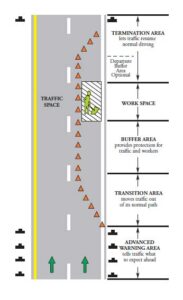
The vast majority of people killed in work zones were motorists, passengers and pedestrians. Those statistics demonstrate the importance of work zone safety and participating in NWZAW to spread the message that everyone has a role in getting roadway workers home safely.
This underscores the need to observe work zone speeds and eliminate distractions when approaching and driving through work zones.
Speed Limits A speed limit sign shows the maximum speed limit established by law. It has black lettering on a white sign. An advisory speed is used in combination with a warning sign to indicate the speed recommended by an engineering study of the existing conditions. It has black lettering on a yellow sign (or an orange sign in a work area). A typical application would be a curve warning sign with an advisory speed plate below.
Lane Changes/Merging Don’t wait until the last minute to make lane changes and/or speed reductions, especially in work areas where a lane change is needed due to a closed lane. Make the necessary lane change as soon as it is safe. Drivers who wait until the last-minute cause unnecessary conflicts and congestion. However, merging into a stream of traffic at a speed lower than the running speed of traffic can be just as dangerous. Try to match the speed of other traffic, then smoothly merge into the flow.
Earth Day – April 2021
THE GREAT GLOBAL CLEANUP
Gather a team to do a Cleanup!
Whether its two people or ten people, a well-organized cleanup can have a major impact!
• Find the right location (Park, trials, or community streets)
• Gather your team
• Cleanup your community
Individual Cleanups
One person can make a big difference. Every piece of litter removed from the environment counts.
There are many ways to cleanup on your own. Try these few examples:
• Pick up Cigarette butts – The most abundant form of plastic pollution and harm our environment in many ways.
• Trail Cleanups – Cleanup your favorite hiking trail.
Recycling your pieces of trash removes it from the environment.
You can help reduce your amount of trash
• Cleanup at home – Look at what the waste you create, remove the single use items and other items that you commonly throw away.
If I asked you, what is the most common form of plastic pollution, what would you say? Plastic bottles? Straws? While these are good guesses, they are not the correct answer. Cigarette butts are actually the most abundant form of plastic waste in the world, with about 4.5 trillion individual butts polluting our global environment. But wait, aren’t cigarette butts made of cotton or paper? NO, cigarette butts are primarily plastic.
Cigarette butts are small and tend to go unnoticed but they are hiding almost everywhere. Contrary to what many believe, cigarette butts are not harmless. They are made of cellulose acetate, a man-made plastic material, and contain hundreds of toxic chemicals. While cigarette filters, or the plastic part of butts, can take up to 10 years to completely degrade, the chemicals they release can remain in the environment for many more years beyond the life of the cigarette butt itself.
These lingering toxins include arsenic (also used in rat poisoning), lead (a poison that can affect the brain development of children) and nicotine. When these toxic plastics are improperly disposed of on the street corner or out the car window, they slowly leach toxins into our natural systems, presenting a serious threat to us and our environment.
These tiny toxic butts also cause significant harm to our water sources. It is not uncommon for field researchers to find cigarette butts inside of dead sea birds, sea turtles, fish and dolphins. What’s more, a 2011 Study found that the chemicals leaching from cigarette butts can be lethal to freshwater and marine fish species.
It is imperative to ensure that cigarette butts find their way to the waste bin or sent to a recycling facility. Smokers should consider finding designated smoking areas or carrying their own “pocket ashtrays” to collect their waste.
Like all litter, cigarette butts require labor intensive work to be removed from the environment. That’s where we step in. Working with partners around the globe, The Great Global Cleanup is one of the world’s largest cleanup initiatives. In 180 countries, we have engaged over 20 million volunteers in 2019 and are continuing our efforts in 2020 while complying with COVID safety standards.
We have removed tons of waste, but there is still much more work that needs to be done. With our partners at World Cleanup Day, we are targeting cigarette butt pollution this year. Picking up cigarette butts from your local environment is unpleasant but is a great way to clean your community — you’ll be amazed at how many cigarettes butts you can find in any given area. Use gloves and masks for safety.
